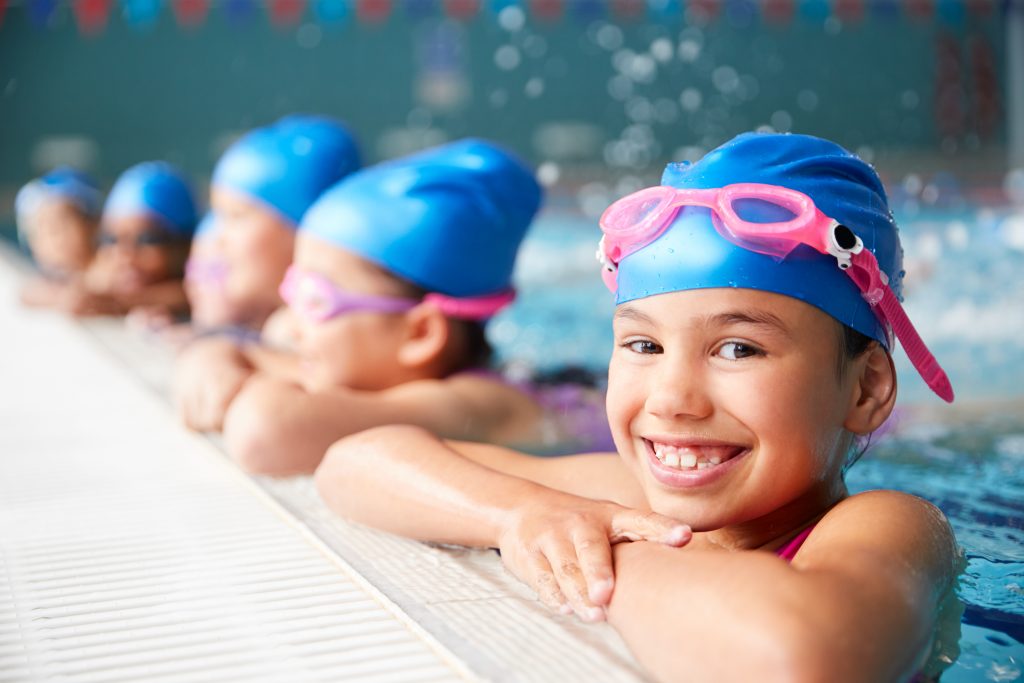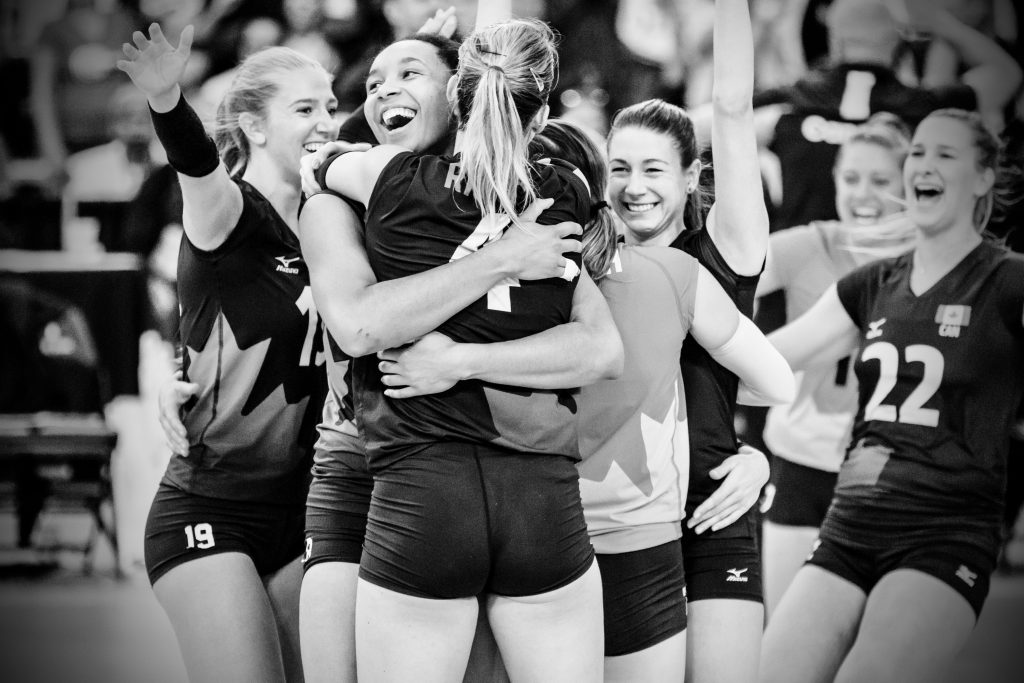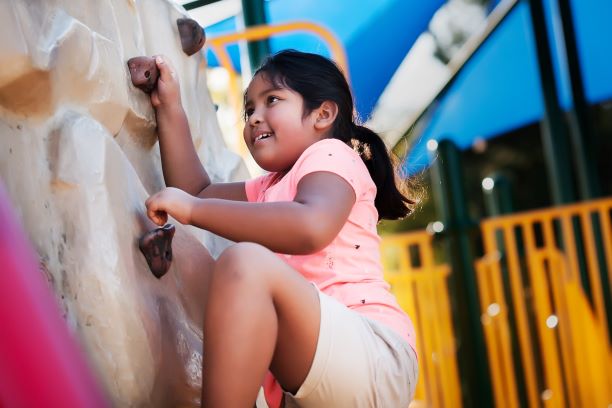Cultivating a mastery climate in youth sport

When children are asked about why they play sports, having fun is consistently ranked as the number one reason. Trying their best, being treated with respect and getting playing time are reasons that fall close behind. Winning, on the other hand, is ranked much lower, near the bottom of all reasons for playing sport (Visek…
Competition stressors
Unexpected competition stressors, such as an injury or unfavourable referee call, are common for athletes. In fact, some athletes report experiencing unexpected stressors not because they are unfamiliar with the stressor, but because they didn’t think it would happen to them. Asking athletes to list the ways that other athletes might experience the competition encourages…
Actions speak louder than words: Non-verbal communication in sport

Communication is most associated with purposeful, verbal interactions. However, a big part of how we communicate in life, and sport, is non-verbal (Mehrabian, 2017). For example, simple acts of eye contact or body language are just as important than the exchange of words. In fact, experts assert that 93% of communication is non-verbal (Lapakko 2007)….
Current perspectives on multi-sport participation

Highlights What’s the best path to the podium? That’s the question behind the debate between early specialization and early diversification. Drawing on the example of some well-known champions like Tiger Woods or the Williams sisters, the early specialization camp argues that an early start in the athlete’s primary sport is essential for development of high-level…
Interval training for performance and well-being
High volumes of interval training can lead to increased injury risk and athlete burnout. An optimized interval training program is necessary for helping athletes safely reach their goals. Improvements in endurance performance can be seen in as few as 2 weeks of sprint interval training (SIT) or 4 weeks of high-intensity interval training (HIIT).
Formal and informal leadership roles
Formal leaders usually receive their assigned role from the coach or team’s selection process. Informal leaders emerge based on their interactions and behaviours with teammates. Athletes can be task-oriented, motivational, social, or external leaders. Discover how role diversity can allow many athletes to fulfil a leadership position and distribute the leadership load.
Anticipating stressors
Unexpected stressors can negatively affect athletes’ feelings of stress, ability to cope with stress, and performance during competition. But preparing athletes for the possibility that the competition won’t go exactly as planned can help. Acknowledging that the competition might not go the way an athlete had hoped or expected is the first step towards coping…
How roles contribute to team success
A role outlines the specific behaviours that are expected of an individual to achieve established team goals. On a team, each role should interact seamlessly to help the team reach its untapped potential. Members will perform better individually when they understand their role, and role clarity sets the stage for team success.
Sport dropout and re-engagement
As sport leaders and organizations, we’re often concerned with participant retention. We rarely consider how dropout may play an important role in sport development pathways, or potential pathways for sport re-engagement later in life. The inclusion of sport dropout as a potential pathway in long-term sport participation models could push for a dialogue on how…
Empowering athletes for Safe Sport
A significant culture change in sport is needed to address athlete maltreatment, experts say. One way to bring about change is to amplify athletes’ voices. Including athletes in decision-making can help address the power imbalances that often underpin maltreatment in sports.